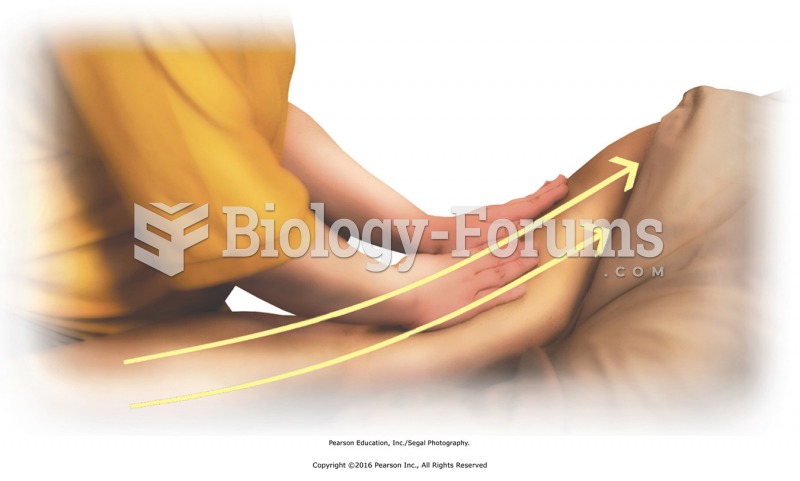|
|
|
Did you know?
Alcohol acts as a diuretic. Eight ounces of water is needed to metabolize just 1 ounce of alcohol.
Did you know?
There are 20 feet of blood vessels in each square inch of human skin.
Did you know?
Asthma is the most common chronic childhood disease in the world. Most children who develop asthma have symptoms before they are 5 years old.
Did you know?
Every 10 seconds, a person in the United States goes to the emergency room complaining of head pain. About 1.2 million visits are for acute migraine attacks.
Did you know?
Nearly 31 million adults in America have a total cholesterol level that is more than 240 mg per dL.
 A rocky shore at low tide, showing the great abundance that can be attained by populations of intert
A rocky shore at low tide, showing the great abundance that can be attained by populations of intert
 Darters such as this male greenside darter form a diverse and distinctive subfamily of fishes within
Darters such as this male greenside darter form a diverse and distinctive subfamily of fishes within





